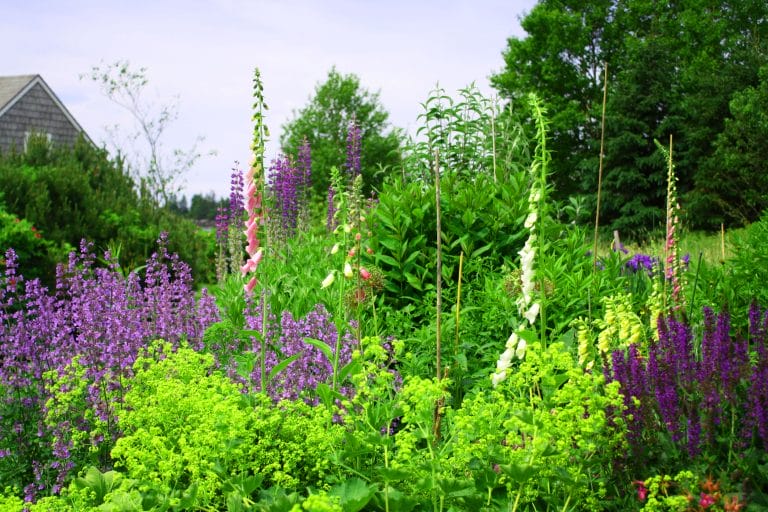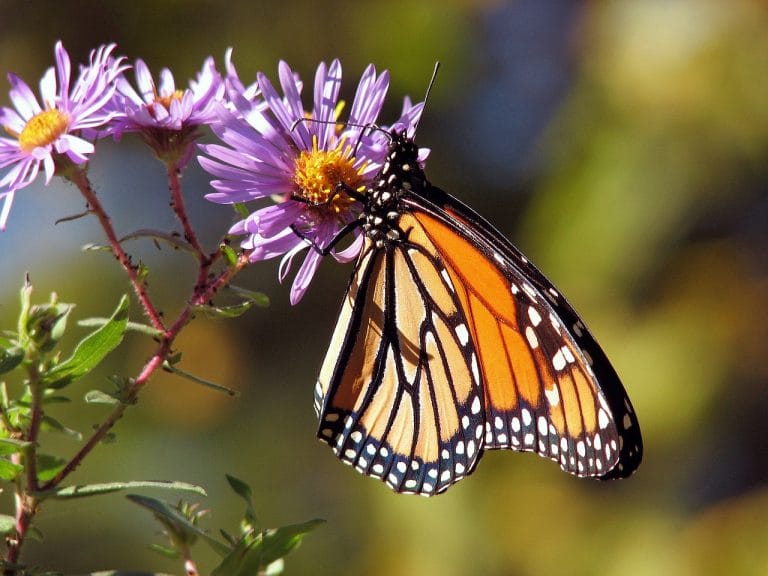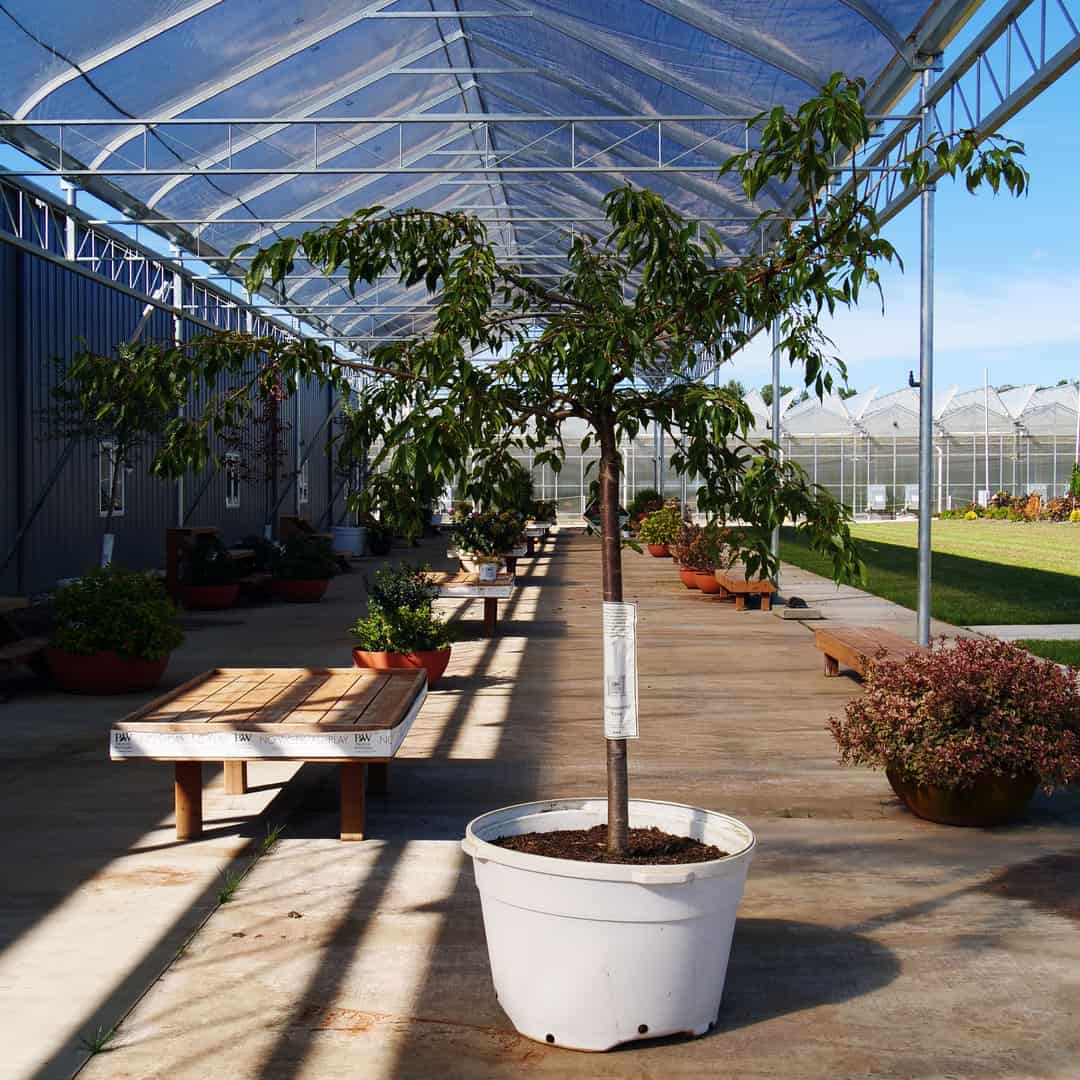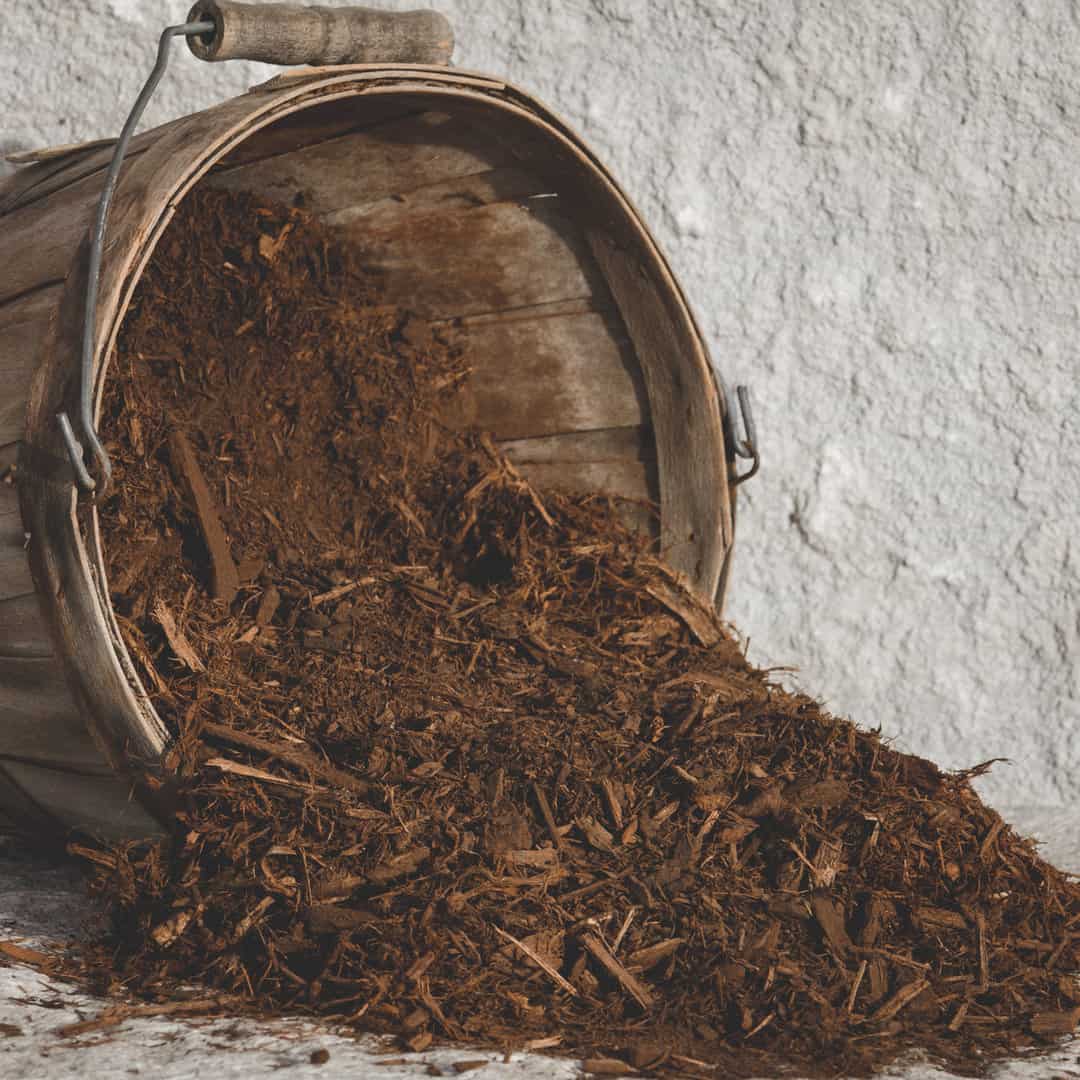You may have noticed as of recent that the cost of landscaping material has gone up in price. This was catalyzed by the beginning of the COVID-19 pandemic, though diving in, there are several reasons for this change in price that can be explained all through the supply chain. Supply and demand for plant material, cost to ship, a shortage of truck drivers, an increase of raw materials, and a general shortage of labor are all contributing to what may just be written off as a singular effect of the pandemic.
When the pandemic began, and stay at home orders began proliferating, people generally were stuck at home with little to do. Some people got really into board games, some people dove into sourdough making. A lot, like a lot lot, of people took up gardening and began thinking of improvements for their landscapes. People who were stuck at home, who maybe would have never planted a tree or shrub themselves, began buying plant material en masse. Since everyone experienced the pandemic generally at the same time, this means that all of those new and experienced home gardeners began buying more plant material together all at once, across the country.
Plant material takes time. Though the idiom of “x doesn’t grow on trees” suggests that things that grow on trees are common and fast growing, it actually takes a really long time to grow a tree or shrub. Plant material isn’t software that can just be infinitely reproduced. According to the University of Michigan, “the growing period is three years for a dwarf peach, four or five years for a dwarf pear, and 7-8 years for a standard tree, it takes an average of five years to raise 9,000 trees.”
Since the pandemic took the majority of people by surprise, tree/shrub growers and nurseries weren’t expecting an influx of people at home re-noticing their landscapes again for a new time. As explained by Garden Center Magazine, “I think by the time we get into mid-January the industry will be short on so many things to the point where we have to take people’s wish lists and confirm half of what’s on it,” Continuing, “if growers and retailers wait [too long to order], I think they’re going to be very disappointed.” A constriction in supply results in a raise in price.
Beyond the problem of a shortage of plant material, there are problems in the logistics chain that transport trees and shrubs from a grower to a retail nursery. As reported on by Bloomberg, “the U.S. has been grappling with a chronic lack of drivers for years, but the shortage reached crisis levels because of the pandemic, which simultaneously sent demand for shipped goods soaring while touching off a surge in early retirements.” Continuing, “in 2019, the U.S. was already short 60,000 drivers, according to the American Trucking Associations. That number is anticipated to swell to 100,000 by 2023.” Trees and shrubs are grown all over the country, and need to be trucked across state lines in order to get to retail nurseries. When there is a shortage in trucking, the cost of shipping goes up, which translates to an increase in price at the retail level.
If a shortage in plant material and logistics wasn’t enough to strain the garden and landscaping industry, to add another layer of problem, there is also the widely reported, nationwide, labor shortage to consider. The Washington Post explains that nationwide, “there are 10 million job openings,” and that “business owners complain they can’t find enough workers, pay is rising rapidly, and customers are greeted with ‘please be patient, we’re short-staffed’ signs at many stores and restaurants.” A shortage in labor means that the cost to attract new employees goes up for business owners, as those business owners have to compete with every other business that is short staffed. This shortage is across all industries—plant growing, manufacturing, logistics, retail, everything. Simply put, this rise in the price of labor costs is another variable that explains a rise in price for plant and landscaping materials.
Yet another wrench that was thrown into the landscaping industry at the time of the pandemic is the rise in cost for raw materials. The Wall Street Journal reports, “lately it has been hard to find a commodity not rising in price. Wheat, copper, wood pulp, crude oil and corn have all rebounded from the depths of last spring’s economic lockdowns. Lumber prices have sailed more than 75% higher than the pre-pandemic record.” A rise in costs for crude oil means a rise in costs for plastics. A rise in cost for metals results in a rise in costs for anything that uses metals. Growers use raw materials to grow their plant material, new greenhouses and polyhouses need to be built to meet capacity. Shrubs come in plastic growing containers, and ball & burlap trees are often wrapped with a metal mesh wire for support. The rise in cost for these raw materials, again, results in a rise in price along the entire garden and landscaping industry.
It takes time to grow, and the industry is still catching up. Plants and trees that were set seed in response to the pandemic are likely still in their early growing phases, not yet ready for retail purchase. Shortages in plant material, in combination with several other extrinsic economic factors; like the rise in cost for materials and labor, in a job market that is understaffed, results in a rise in cost at the retail level. Every industry is affected by current problems of labor shortages and materials costs. If you see a price that is higher than you expected, just know that whoever you’re buying from likely isn’t happy with the rise in cost for their business either. Be patient and grow what you know you can handle. As costs rebalance and the economy begins to normalize, prices should begin to reflect that normalization.
Whispering Hills Garden and Landscape Center is a full service landscape center and nursery located in Cary, Illinois. Stop in today for our full selection of evergreen trees and shrubs.
Shop Archive

















